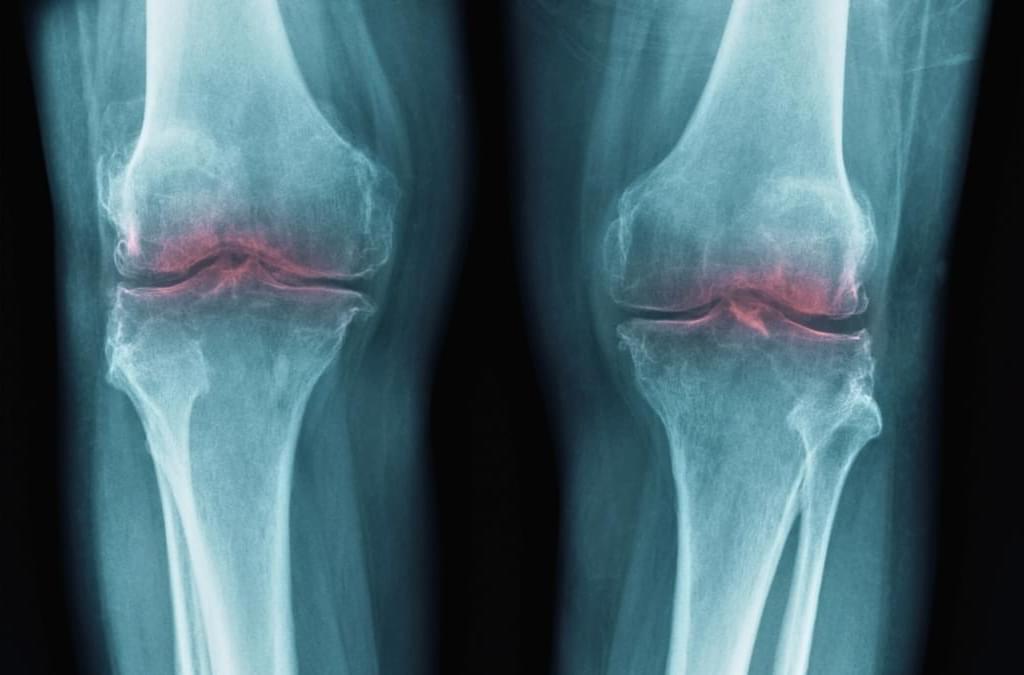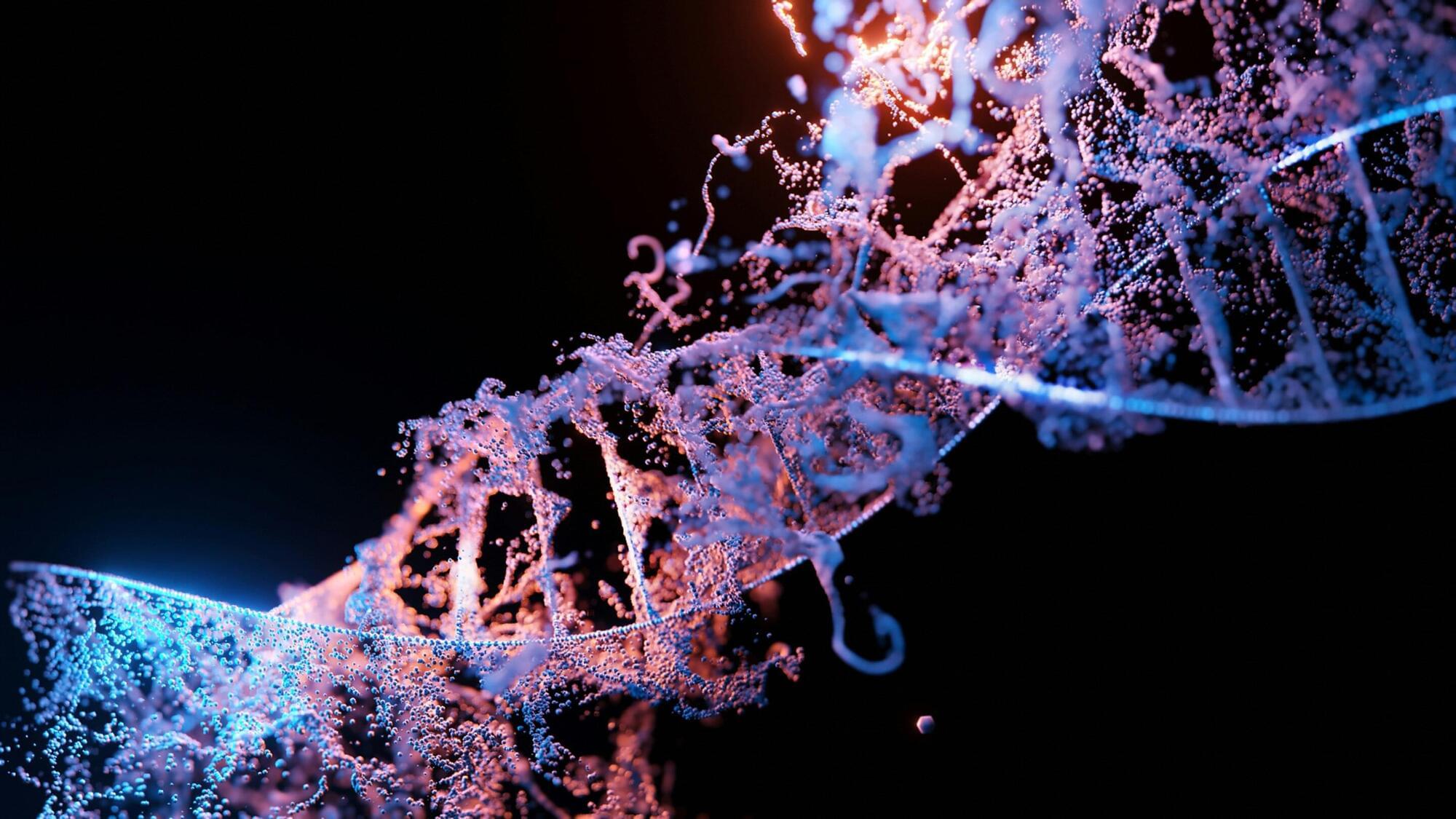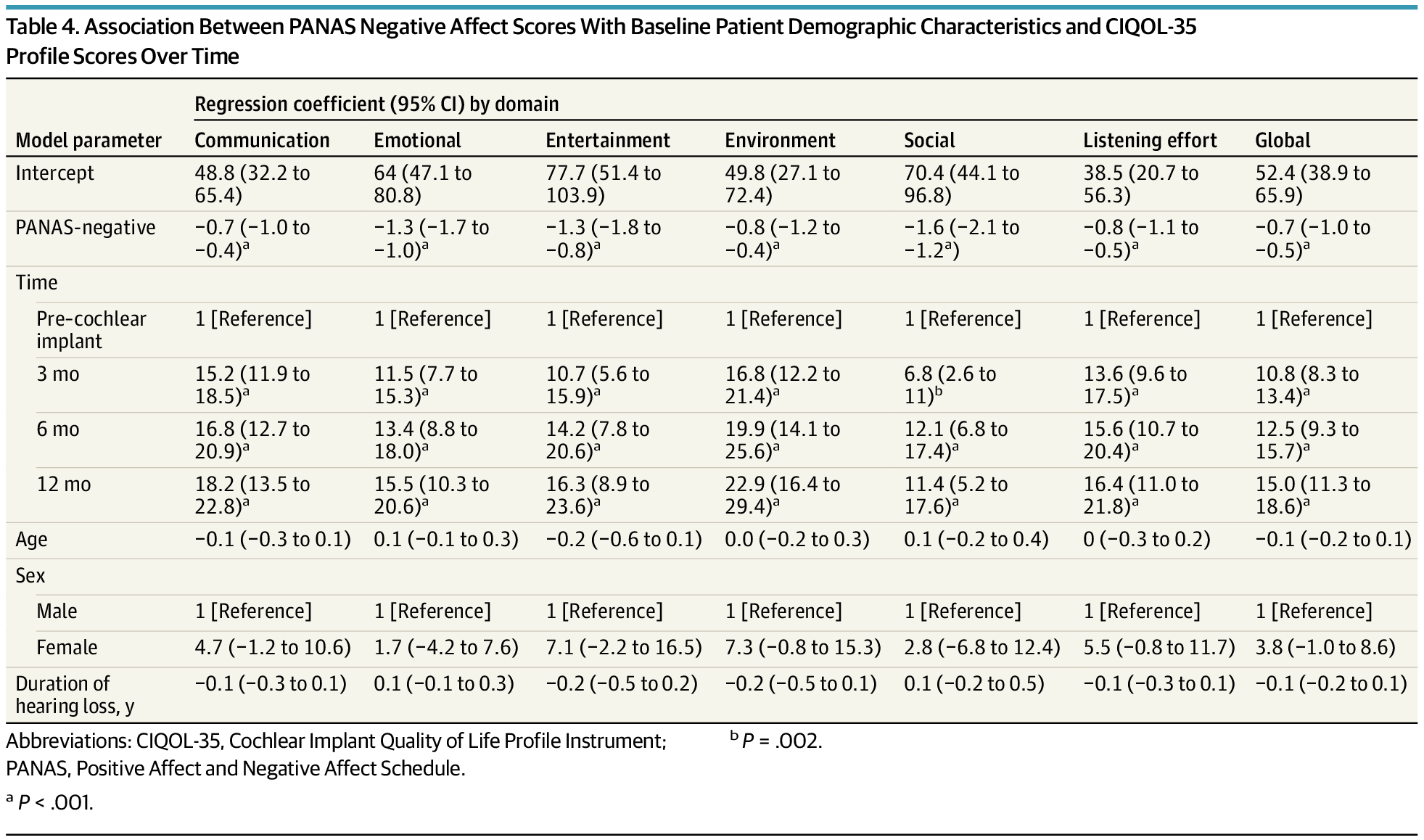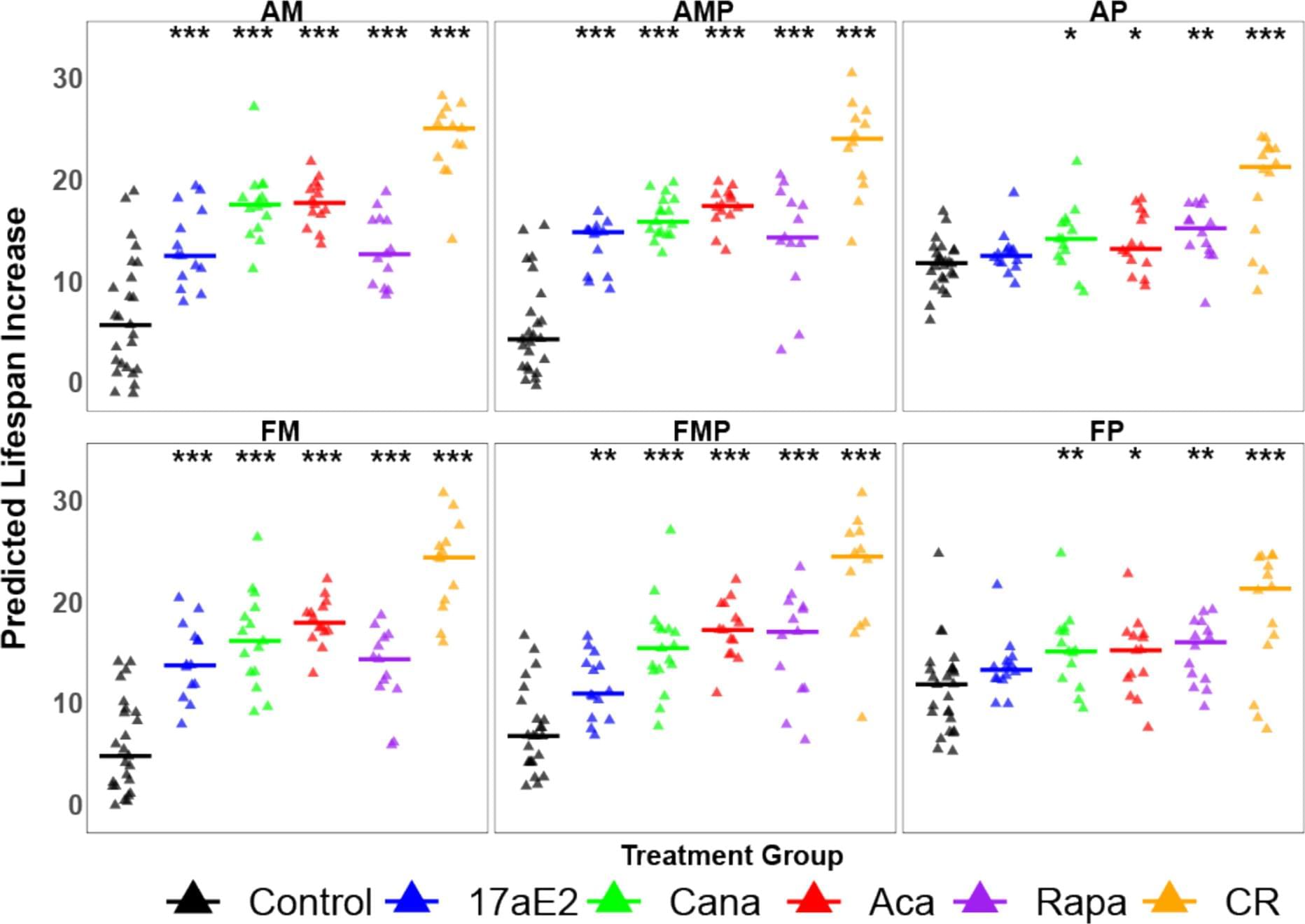Trend Micro patched a critical Apex Central on-prem Windows flaw (CVE-2025–69258) with CVSS 9.8 that allows remote code execution if access exists.



A sophisticated threat actor that uses Linux-based malware to target telecommunications providers has recently broadened its operations to include organizations in Southeastern Europe.
Tracked internally by Cisco Talos as UAT-7290, the actor shows strong China nexus indicators and typically focuses on telcos in South Asia in cyber-espionage operations.
Active since at least 2022, the UAT-7290 group also serves as an initial access group by establishing an Operational Relay Box (ORB) infrastructure during the attacks, which is then utilized by other China-aligned threat actors.



A team of physicists has discovered a surprisingly simple way to build nuclear clocks using tiny amounts of rare thorium. By electroplating thorium onto steel, they achieved the same results as years of work with delicate crystals — but far more efficiently. These clocks could be vastly more precise than current atomic clocks and work where GPS fails, from deep space to underwater submarines. The advance could transform navigation, communications, and fundamental physics research.

A study in mice by researchers from Stanford University has traced the loss of cartilage that comes with aging to a single protein, pointing to treatments that may one day restore mobility and ease discomfort in seniors.
The protein 15-PGDH has previously been extensively linked to aging: it becomes more abundant as we get older, and interferes with the molecules that repair tissue and reduce inflammation.
That led scientists to consider whether 15-PGDH might be involved in osteoarthritis, where stress on joints leads to the breakdown of collagen in cartilage, causing inflammation and pain.

An analysis of genetic data from over 900,000 people shows that certain stretches of DNA, made up of short sequences repeated over and over, become longer and more unstable as we age. The study found that common genetic variants can speed up or slow down this process by up to four-fold, and that certain expanded sequences are linked to serious diseases including kidney failure and liver disease.
More than 60 inherited disorders are caused by expanded DNA repeats: repetitive genetic sequences that grow longer over time. These include devastating conditions like Huntington’s disease, myotonic dystrophy, and certain forms of ALS.
Most people carry DNA repeats that gradually expand throughout their lives, but this instability and what genetic factors control it hadn’t been fully analyzed within large biobanks.

In adults receiving cochlear implants, gains in positive affect and reductions in negative affect corresponded with improvements in quality-of-life scores across listening, communication, and participation domains. Strongest statistical associations were observed in social and emotional CIQOL areas, but effect sizes were small.
Importance The use of patient-reported outcome measures to assess outcomes in adults who use cochlear implants has increased, as highlighted by the inclusion of the Cochlear Implant Quality of Life (CIQOL) instruments in the Minimal Speech Testing Battery, version 3. However, the self-reported nature of these instruments raises questions regarding how psychosocial characteristics impact responses.
Objective To assess whether affect and CIQOL domain scores change over time and whether affect is associated with CIQOL domain scores.
Design, Setting, and Participants Prospective longitudinal cohort study in adult cochlear implant candidates (aged 18–89 years) meeting indications for cochlear implantation based on bilateral moderate to profound hearing loss with aided sentence recognition scores 60% or less between September 19, 2019, and October 8, 2021, in a single tertiary otolaryngology referral center. Patients receiving a second cochlear implant and those without Montreal Cognitive Assessment scores were excluded. Follow-up duration was 1 year. Data analysis was performed between October 15, 2023, and August 5, 2025.

Tests that can predict whether a drug is likely to extend mouse lifespan could speed up the search for anti-aging drugs. We have applied a machine learning algorithm, XGBoost regression, to seek sets of plasma metabolites (n = 12,000) and peptides (n = 17,000) that can discriminate control mice from mice treated with one of five anti-aging interventions (n = 278 mice). When the model is trained on any four of these five interventions, it predicts significantly higher lifespan extension in mice exposed to the intervention which was not included in the training set. Plasma peptide data sets also succeed at this task. Models trained on drug-treated normal mice also discriminate long-lived mutant mice from their respective controls, and models trained on males can discriminate drug-treated from control females.
